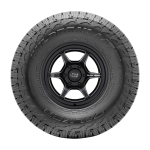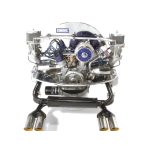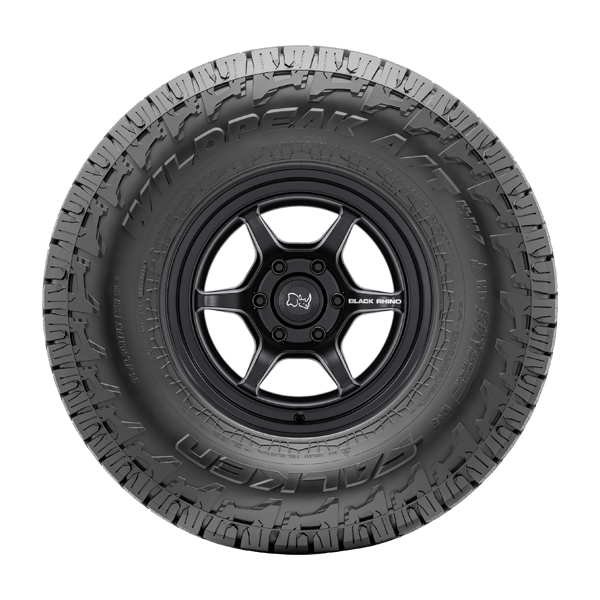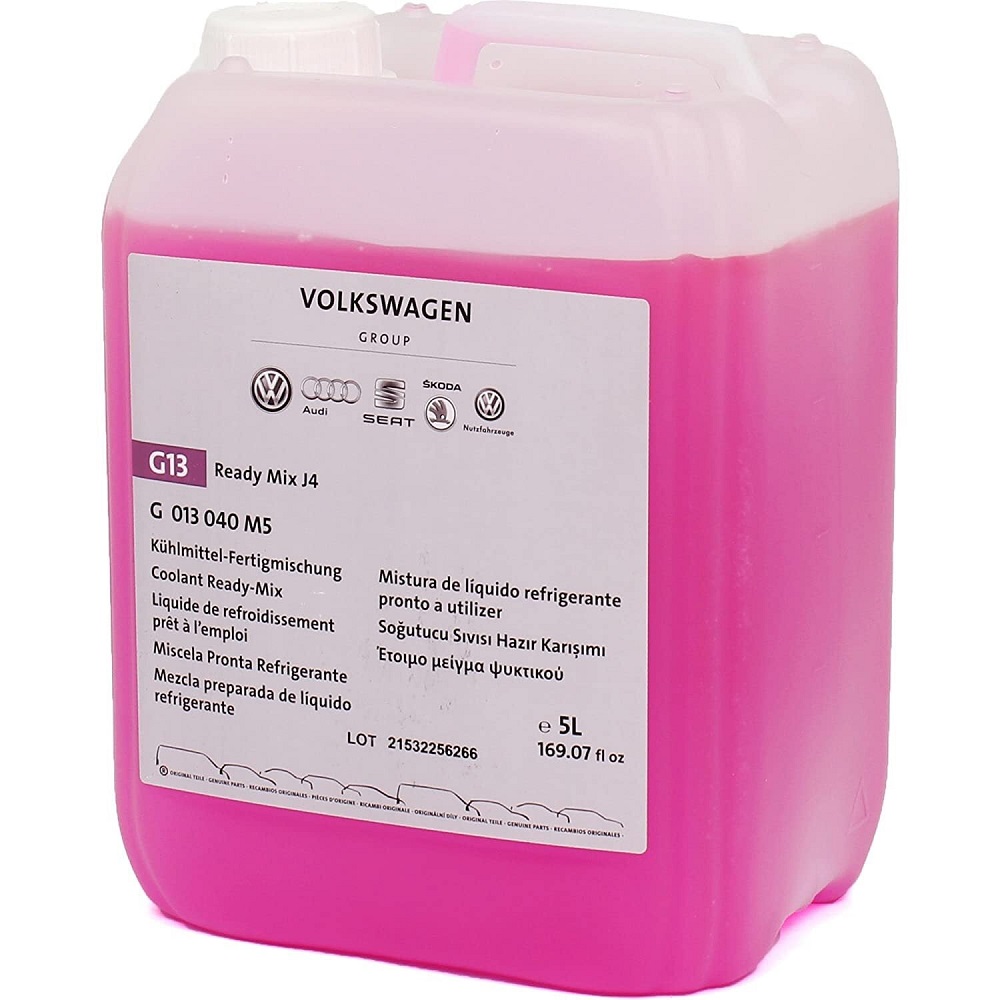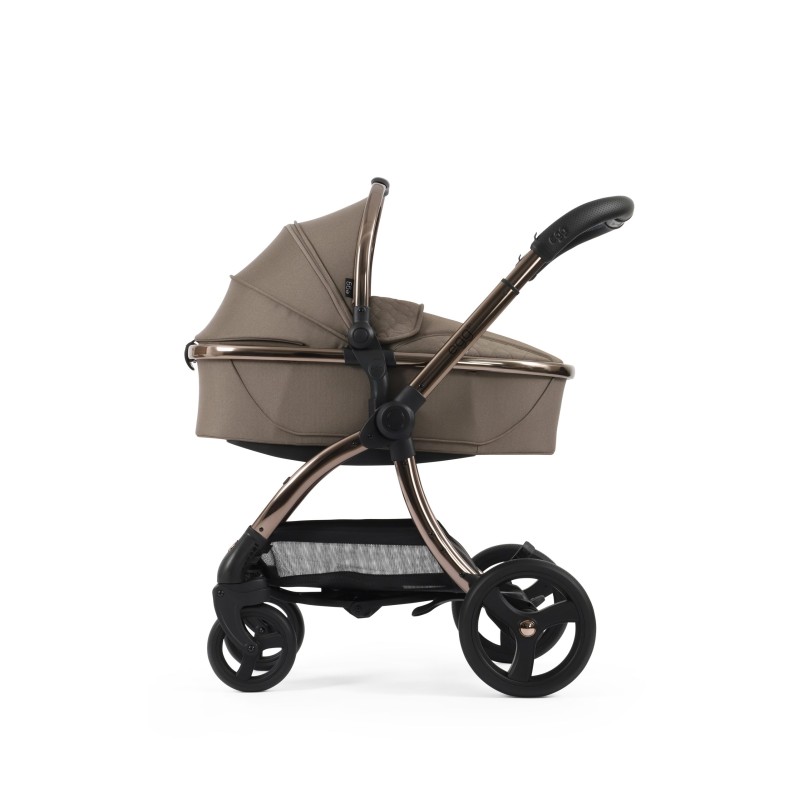The Right Time to Switch to Forward-Facing
Determining the proper time to turn your child’s car seat forward-facing is crucial for their safety. The consensus among child safety experts is to keep the car seat rear-facing until the child reaches the highest weight or height allowed by the car seat’s manufacturer. Usually, this is around the age of two or once they have outgrown the rear-facing height and weight limits. It is essential not to rush this transition. Children are safer in a rear-facing car seat as it provides better support for their head, neck, and spine in the event of a collision.
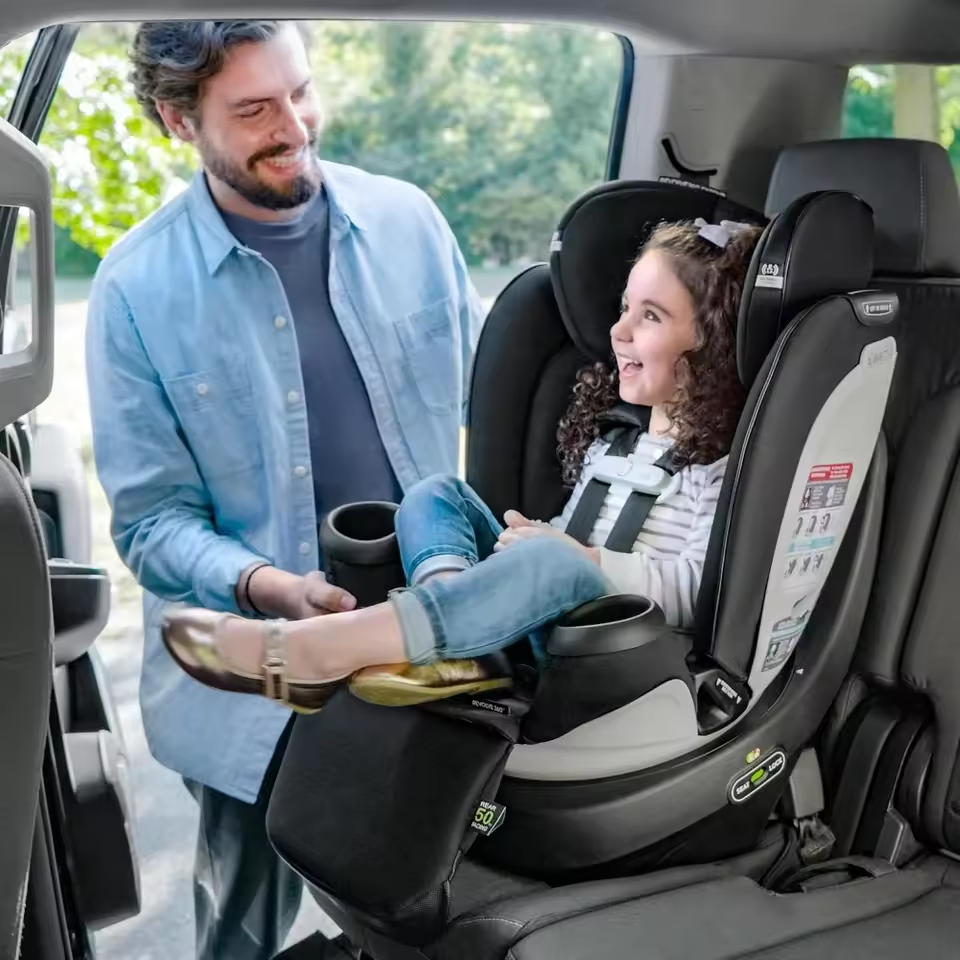
Remember, each child grows at a different pace. You should always check the car seat manual for specific guidelines on when your car seat may face forward. Moreover, many regions have specific laws and regulations around car seat orientation and age, which you also need to consider. These laws are the minimum requirements, and many safety organizations recommend exceeding them to ensure optimal protection.
Therefore, only switch to a forward-facing seat when you are sure your child has exceeded the rear-facing limits of their seat, and check that it is in line with local laws and recommendations. Stricter adherence to these guidelines may offer enhanced protection for your little one. Keep in mind that safety, not convenience or peer practices, should guide this decision.

Understanding Car Seat Safety Standards
When you consider when a car seat should face forward, it’s vital to understand car seat safety standards. These standards serve as the benchmark for manufacturers and guide parents in choosing the safest option for their children.
Safety standards vary by country but generally follow guidelines set by authoritative organizations like the National Highway Traffic Safety Administration (NHTSA) in the United States, or the European Union safety regulations. These standards ensure that car seats are designed to protect children from the most serious common types of car accidents.
The standards examine a variety of factors, including:
- Structural Integrity: How well the seat withstands impact.
- Crash Performance: How the seat protects its occupant during a collision.
- Harness System: The effectiveness of the seat’s straps and buckles.
- Ease of Use: How simple the seat is to install and use correctly.
To meet these standards, car seats undergo rigorous testing. If a car seat has passed these tests, it will display a certification label. This label assures parents that the car seat meets current safety benchmarks.
When you are updating your child’s car seat to a forward-facing position, look for this mark of approval. It tells you that the product complies with safety standards that are crucial for your child’s protection. Remember, while longevity and features are important, safety is the top priority for your child’s car seat.
Keep these standards in mind, and you’re already on a good path to making a safe transition when your car seat needs to face forward. Always verify that your chosen car seat aligns with the latest safety standards, and provide the best protection for your little passenger.
Factors to Consider Before Turning Your Car Seat Around
When the time comes to consider turning your car seat forward-facing, it’s not just about age or size. Here are some critical factors you need to assess before making the switch:
- Child’s Age and Size: Make sure your child has reached the age and size recommended by safety experts and the car seat’s manufacturer before facing forward.
- Maturity Level: Some children might have the physical size but not the maturity to sit properly without the added support of a rear-facing seat.
- Car Seat Expiry: Car seats have expiration dates. Check if your current seat is still safe to use.
- Vehicle Type and Space: The type of vehicle you drive might impact how car seats fit. Larger vehicles generally offer more space for rear-facing seats.
- State Laws and Regulations: Always comply with the specific car seat regulations of your state or country.
- Car Seat Adjustment and Fit: Before switching, ensure the car seat can adjust properly to fit your child’s height and weight going forward.
- Child’s Comfort: Consider if your child seems comfortable and ready to transition to a forward-facing seat.
Taking time to evaluate these factors will help ensure that when your car seat faces forward, it’s in the best interest of your child’s safety and comfort. Stick close to the keyword ‘when does car seat face forward’ in your mind as you consider each of these aspects, to pair your readiness with the safety standards required for this significant transition.
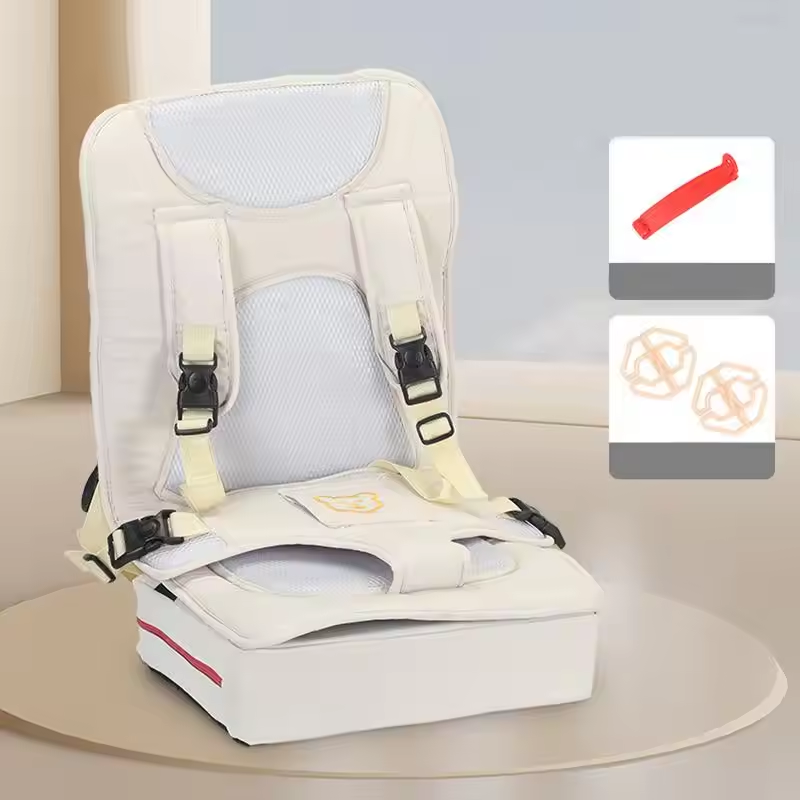
Step-by-Step Guide to Transitioning Car Seats
Transitioning your child’s car seat to a forward-facing position is a sensitive process. To make this transition smooth and secure, follow these steps closely:
- Check the Manual: Always start by reviewing the manufacturer’s instructions. This ensures you’re aware of the specific steps for your car seat model.
- Examine the Car Seat: Before re-installing, inspect your car seat for any damage or wear that could affect safety.
- Adjust the Harness: Make sure to adjust the harness slots. They should be at or above your child’s shoulders when the seat faces forward.
- Re-Position the Seat: Place the car seat in the forward-facing position. The seat should still be in the back seat of the vehicle to enhance safety.
- Secure with a Seatbelt or LATCH System: Attach the car seat using either the vehicle’s seatbelt or the LATCH system, ensuring it’s tightly fixed.
- Tighten and Lock: Once positioned, pull the seatbelt or LATCH straps tight. The car seat should not move more than an inch side-to-side or front-to-back.
- Angle Adjustment: Some seats have angle indicators or adjusters. Set the correct upright position for your child’s age and size.
- Double-Check Everything: Go over all the steps again. Ensure the harness fits snugly, and there’s no excess slack.
- Seek Professional Help: If in doubt, reach out to a certified car seat technician. They can offer guidance and ensure everything is installed correctly.
- Educate Your Child: Explain to your child the importance of sitting properly in their new forward-facing seat, emphasizing the need to keep the harness on at all times.
Remember, regularly ask yourself ‘when does car seat face forward’ to reassess if your child’s growth necessitates another car seat adjustment. Taking these steps will create a safe environment for your child as they graduate to the next stage of car seat use.
Common Mistakes to Avoid When Switching Directions
Switching your car seat to face forward is a milestone. But it comes with pitfalls. Here are some common mistakes parents make and how to avoid them:
- Turning Too Soon: Many think ‘when does car seat face forward’ is fixed by age alone. Yet, size and weight matter most. Wait until your child truly outgrows the rear-facing limits.
- Ignoring the Manual: Each car seat has unique requirements. Skipping the manual can lead to errors in installation and use. Always consult it first.
- Not Securing Tight Enough: A car seat should not wiggle. It must be secured tightly. If it moves more than an inch in any direction, it’s too loose.
- Misplacing the Harness: Forward-facing means harness slots must be at or above shoulder level. Place them too low and you risk your child’s safety.
- Forgetting to Use Tethers: Tethers add extra stability. Not using them can make the car seat less effective during a crash.
- Relying on Old Seats: Car seats expire. Using an old or second-hand seat without checking its history and condition can be dangerous.
- Overlooking State Regulations: Laws vary by state. Make sure you’re compliant with local laws on ‘when does car seat face forward’.
To keep your child safe, steer clear of these errors. Always prioritize safety over convenience or assumptions.
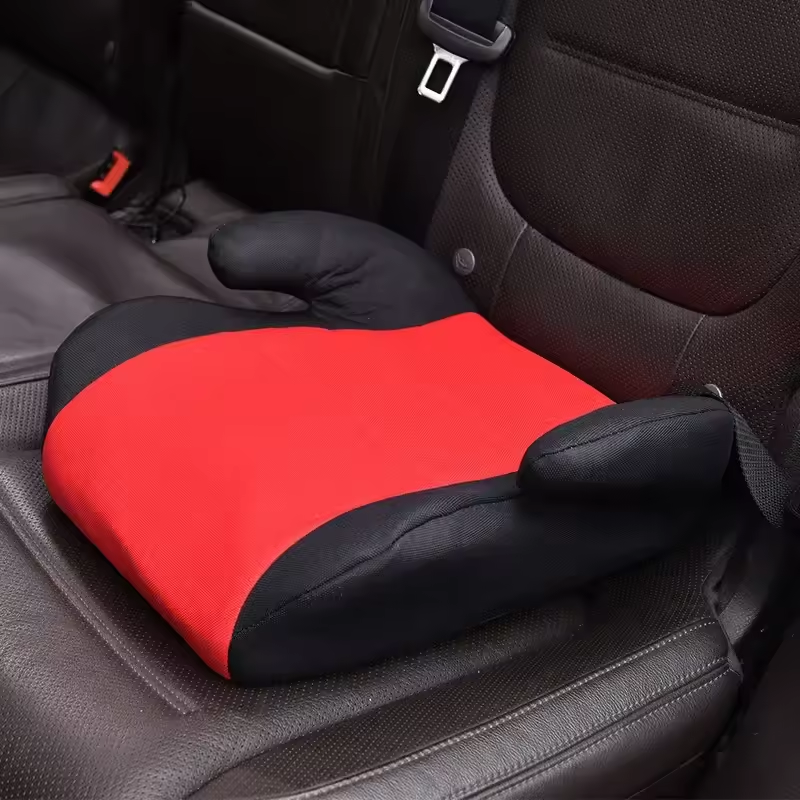
Tips for Ensuring a Smooth Transition
Transitioning your child to a forward-facing car seat can seem daunting. Here are tips to ensure it’s a smooth process:
- Prepare Your Child: Start by talking to your child about the upcoming change. Explain the reasons in simple terms they can understand. Get them excited about ‘growing up’ and moving to the new seat.
- Choose the Right Time: Don’t rush. Aim for a calm, routine day without stress. This gives you time to adjust the car seat properly and handle any issues calmly.
- Familiarize Yourself with the Seat: Before the big day, spend time understanding how the new position works. Know how to adjust the straps and latch the seat securely.
- Keep the Car Seat Manual Handy: Having the manual close by is crucial while making the transition. Refer to it as needed to double-check your installation steps.
- Involve Your Child: Let your child help with simple tasks during the switch. This involvement can help them feel more comfortable with their new seat.
- Check for Comfort: After installing the seat, let your child sit in it before you drive. Ensure they are comfortable and that the straps fit properly.
- Be Patient: Your child may take time to get used to the new seat. Offer reassurance and stay patient as they adjust.
- Stay Positive: Show positivity about the change. Your attitude can greatly influence your child’s acceptance of the new car seat position.
- Verify Seat Stability: Check the car seat’s movement once installed. If it shifts more than an inch side-to-side or front-to-back, it needs tightening.
- Take a Test Drive: Once the seat is installed, go for a short drive. Monitor how the seat and child fare before any long trips.
Follow these tips and keep in mind ‘when does car seat face forward’ to make sure you are making the change at the right time and in the right way. This approach can help to create a positive experience for both you and your child.
Car Seat Installation and Fitment Checklist
When transitioning your car seat to face forward, use this checklist to ensure safety:
- Review the Manual: Always start with the car seat manual. It is your essential guide.
- Check Expiration Date: Verify that your car seat is still within its valid usage period.
- Inspect for Damage: Look over the car seat. Check for any signs of wear or damage.
- Adjust the Harness: Harness slots should be at or above the shoulders for forward-facing.
- Proper Placement: The car seat should be in the vehicle’s back seat.
- Secure the Base: Use the vehicle’s seatbelt or LATCH system to secure the car seat base firmly.
- Eliminate Movement: The car seat should not move more than an inch in any direction.
- Right Angle: Ensure the car seat is positioned at the correct angle.
- Harness Snugness: The harness should be tight with no slack.
- Tether Usage: Use the top tether to minimize forward movement during a crash.
- Final Inspection: Double-check all installation points before you drive.
By following this checklist, you can feel confident that when your car seat faces forward, it is correctly installed and your child is well-protected. Consider this checklist as a safety net, offering peace of mind every time you buckle up your child.
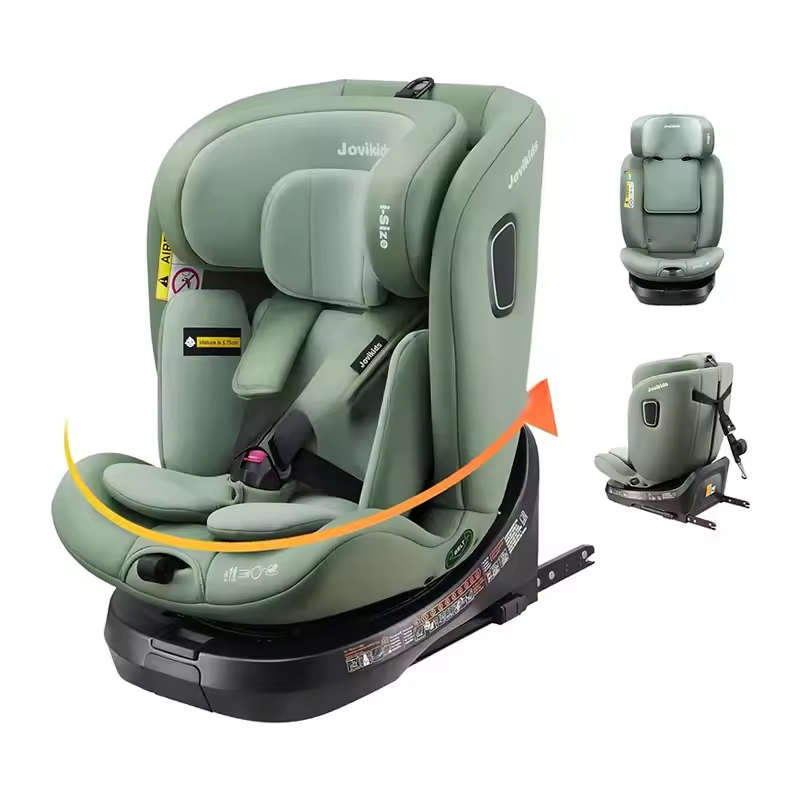
Recommended Car Seats for Forward-Facing
When selecting a car seat for forward-facing, safety trumps all other features. With the ‘when does car seat face forward’ query in mind, let’s explore top picks that meet stringent safety standards. These recommended car seats provide durability, comfort, and peace of mind during the transition to forward-facing.
- Built-in Harness System Car Seats: These seats come with a five-point harness. They secure your child effectively and can often convert to boosters as your child grows.
- Convertible Car Seats: Starting in a rear-facing position, these seats can switch to forward-facing. They are suitable for children who have outgrown the rear-facing weight or height limit.
- All-in-One Car Seats: This option is versatile, transitioning from rear-facing to forward-facing, then to a booster seat.
- High-Weight Harness Car Seats: For older children, car seats with a higher weight capacity for the harness offer extended use in the forward-facing position.
- Reputable Brands: Look for well-known brands with positive safety ratings; they often have rigorous testing protocols for their car seats.
Remember to read reviews, check for certification labels, and verify that the car seat complies with current safety standards. Fitting your child snugly and comfortably is key. Also, pay close attention to your car seat’s installation instructions for the best protection. Keep checking for updates on ‘when does car seat face forward’ guidelines to ensure your choice remains appropriate for your child’s age and size.



